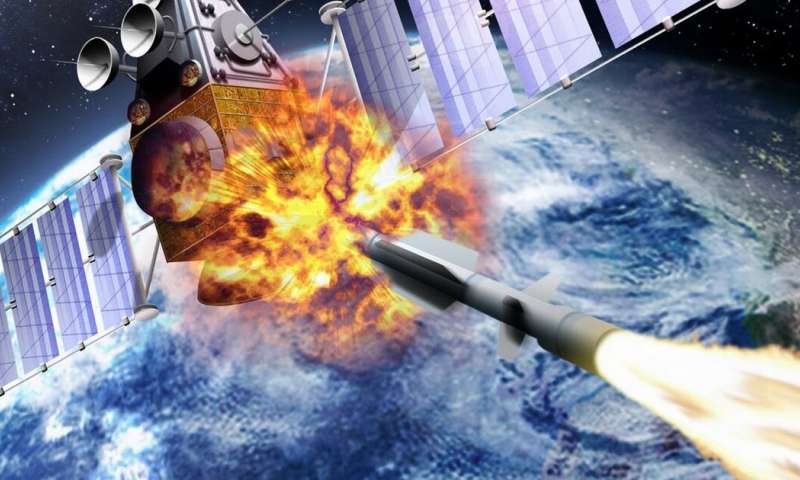
New Delhi. With increasing use of space for “war fighting” by several countries like U.S. France and Rusia, the European alliance NATO is likely to declare space as a “warfighting domain” at an upcoming summit in early December.
In the event of such a decision, NATO could start using space weapons that can destroy satellites or incoming enemy missiles.
In a recent first for space technology, Russia launched a commercial satellite specifically designed to rendezvous with other satellites. The purpose of this vehicle is peaceful: it will perform maintenance tasks on other satellites in orbit.
The fact that commercial companies have this capability probably means that it already exists for global military powers. This has caught the attention of NATO. If a country or company can manoeuvre its own satellites into close proximity of others, then it can do so for military or sabotage purposes – potentially without detection.
Another development is France’s recent announcement that it will build bodyguard satellites armed with either machine guns or lasers. This follows an announcement that the US will launch a space force in 2018. Many other nations may soon follow suit.
Such a concept deployed on satellites would constitute a “directed-energy weapon”, enabling nations to disable other countries’ satellites without creating large clouds of orbital debris. You could potentially make such an attack look like an accident and deny involvement.
Satellites are thoroughly tested for self-generated radio noise before going into space. But if a hostile satellite nearby were to deliberately direct broadband radio transmissions at the target satellite, then communications could be completely disrupted.
Space-based electronic warfare is likely to become an increasing concern for military planners. In fact, many military services on Earth now depend on space technology to work.
By far the most obvious method of interfering with a satellite is a solid projectile. Moving satellites have very high kinetic energy and momentum. If a slower moving object can be placed briefly in the path of a satellite, then the resultant collision will be particularly devastating.








